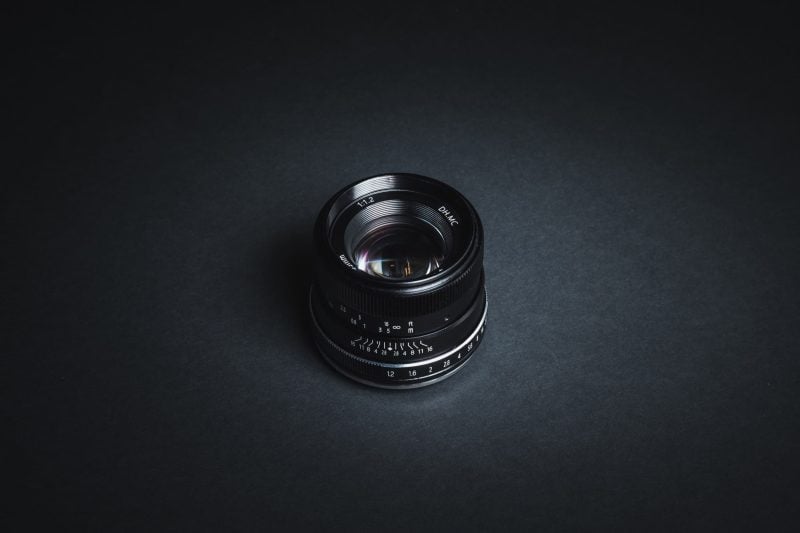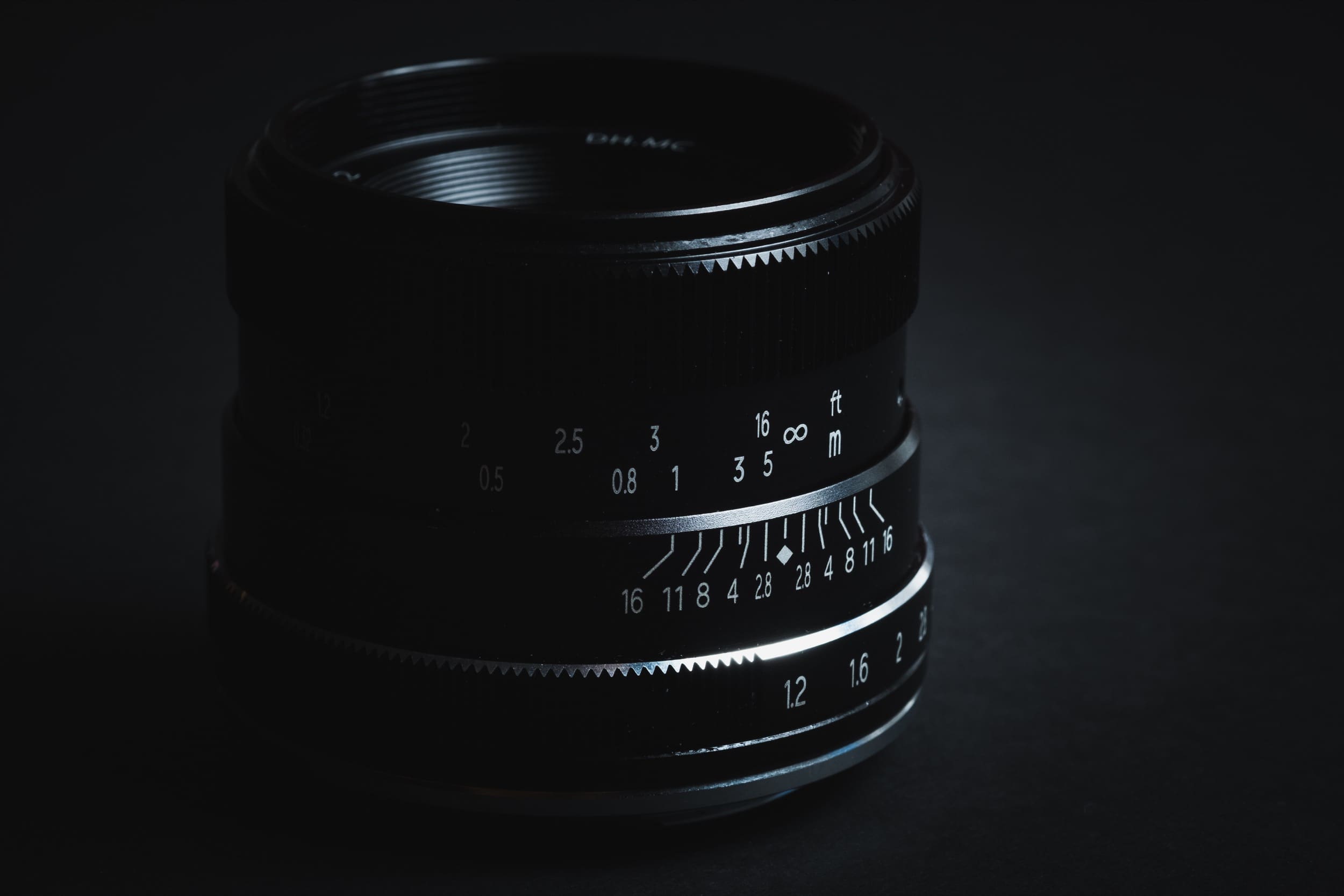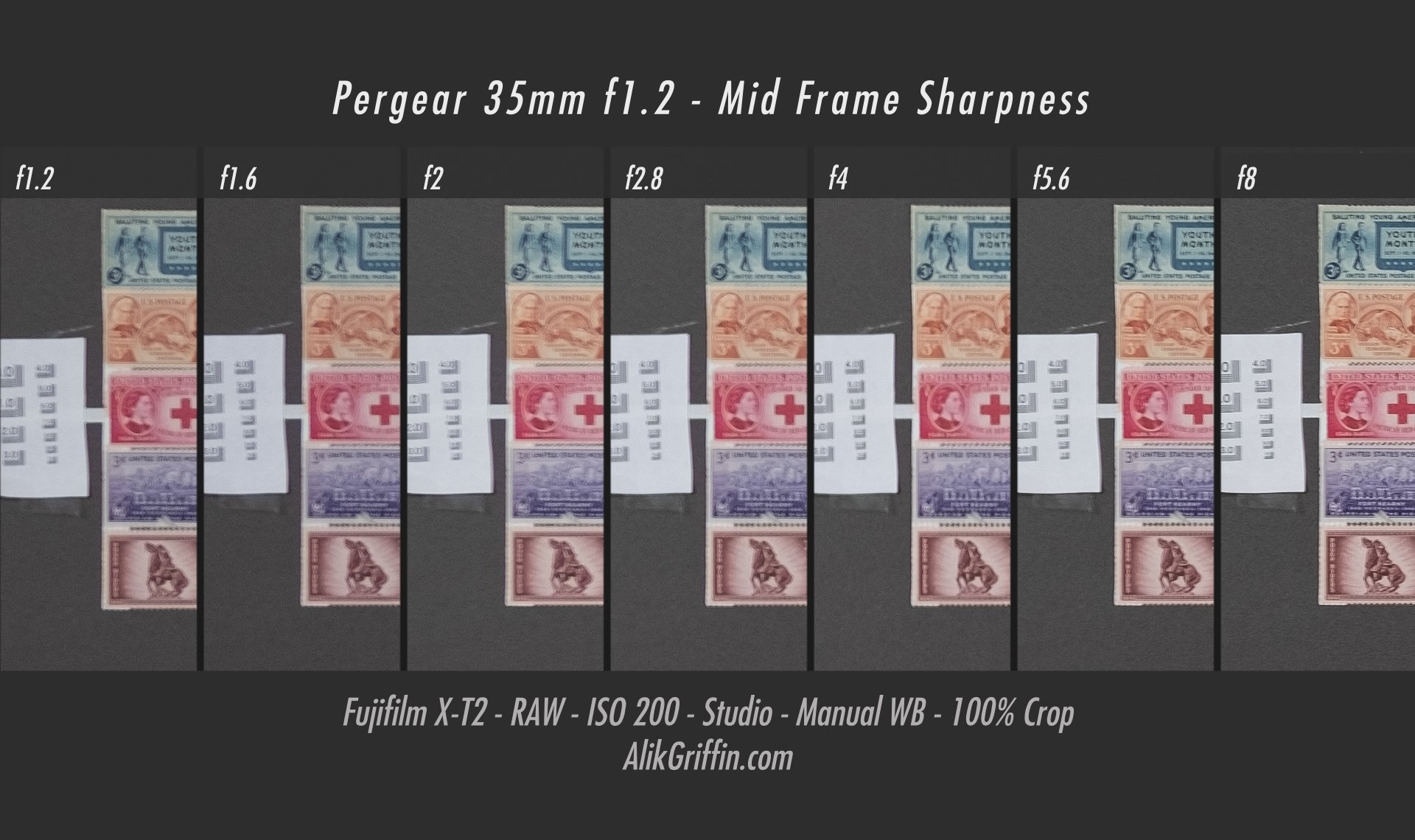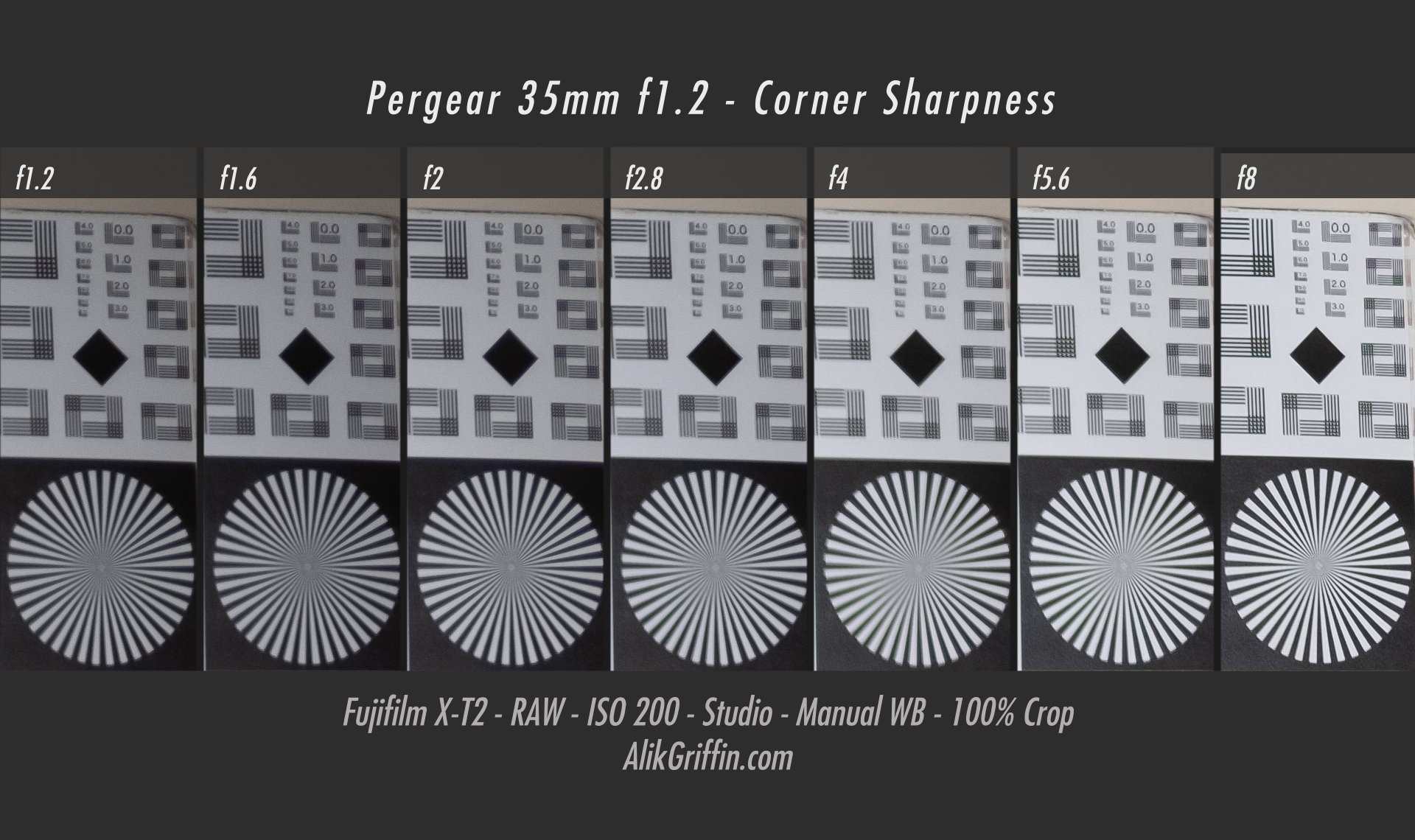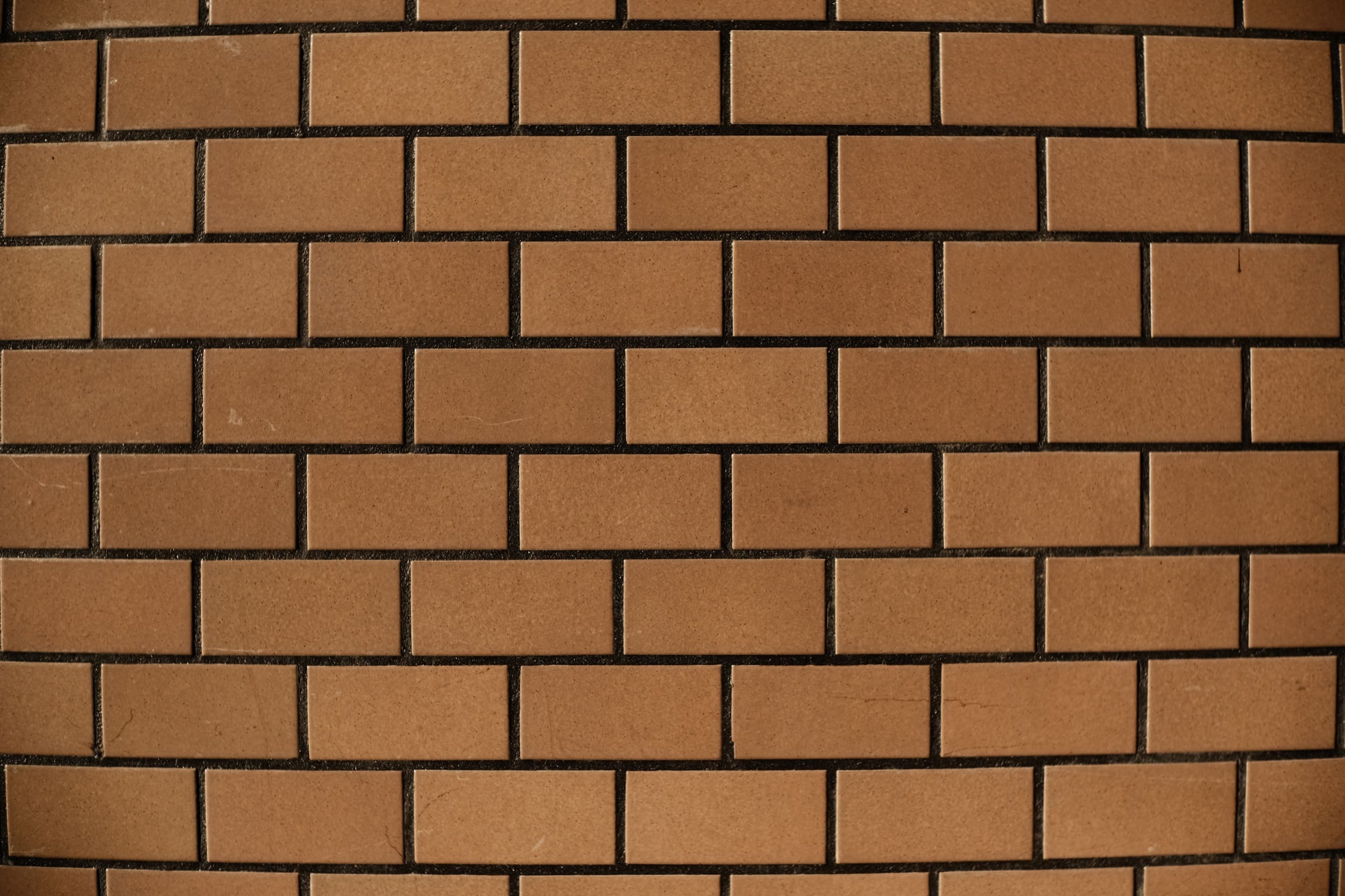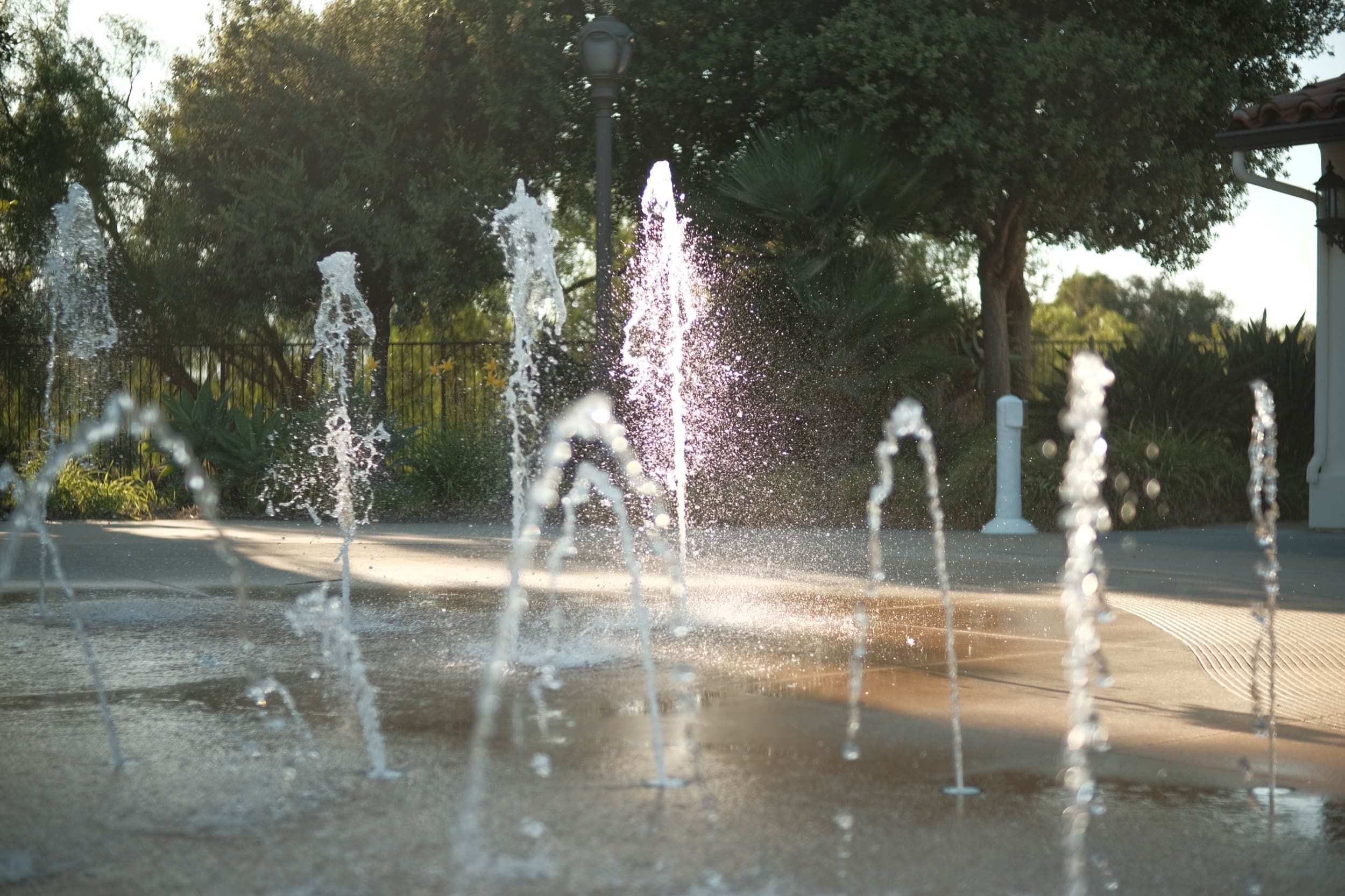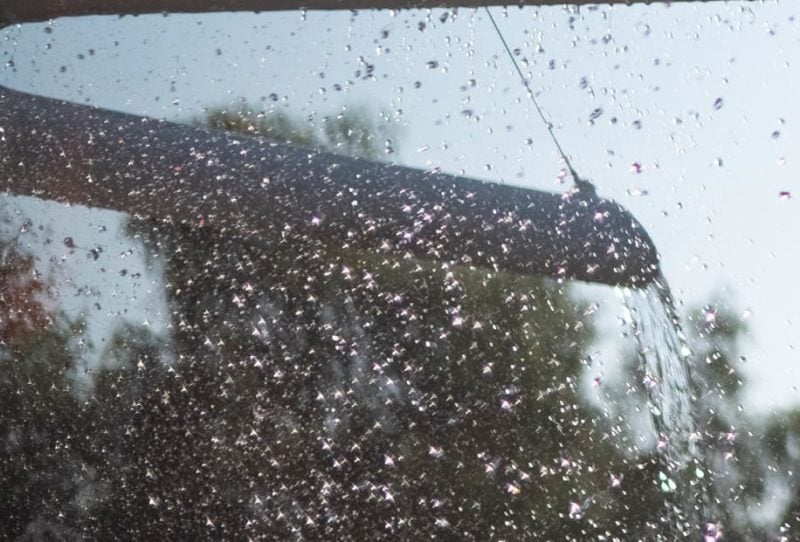The Pergear 35mm f1.2 is a compact APS-C lens designed with a bright aperture for a very shallow depth of field and low-light shooting.
When looking at character and performance, this lens is packed with beautiful imperfections, as well as the regular kind. With these limitations in mind, it can produce some nice results and it can be a lot of fun in the right situations.
Pergear 35mm f1.2 Review
Photos in this review were shot with the Fujifilm X-T3 and X-T2.
Lens Specs
| Focal Length: 35mm (52.5mm equiv) Aperture: f1.2 – f22 Aperture Blade: 10 Rounded Optical Design: 6 Elements in 5 Groups Coatings: Multi-Coated Autofocus: Manual Focus Only CPU Contacts: None Weather-Sealed: No Minimum Focus Distance: 25cm/0.8ft Filter Threads: ø43mm Weight: 210g |
Pros – Decently sharp in the center wide open, no issues with the build quality, better bokeh than the competition in the same class, nice focus falloff, good micro-contrast, good color rendering, nice character.
Cons – Some CA in high contrast situations, a lot of flaring (can be considered good), lens hood that comes with isn’t really designed for this focal length as it doesn’t do much, bad coma, global contrast, and saturation is a little low, some noticeable vignetting, some significant barrel distortion.
Notes: This should mostly be considered a character lens or low-light lens. It does render nicer than the 7Artisans and Neewer, with slightly better center sharpness (depending on your copy). Those looking for more of a daily driver might want to step up into the Pergear 35mm f1.6 or Meike 35mm f1.7.
Check Price
Pergear 35mm f1.2 – Amazon / Pergear
Other Pergear Lens Reviews
Lists of lenses for each brand
List of all lenses for Fujifilm lenses
First Impressions
Often, with these cheaper ultra-fast lenses, I’m a bit skeptical of their actual performance. The craze for ultra-fast prime lenses by photographers has pushed a lot of companies to rush out lenses with some pretty fancy specs but without fancy performance.
But this lens is different.
To start, I’ll say that I have the Samyang 35mm f1.2, the Neewer 35mm f1.2, and the 7Artisans 35mm f1.2 in the Fujifilm X mount, so I can talk a little about those lenses throughout this review.
The Samyang 35mm f1.2 is great, obviously, Samyang is a great company now and they price their lens fairly for the quality that you get.
The Neewer 35mm f1.2 is sub-par, but it’s also the cheapest in terms of price. The 7Artisans 35mm f1.2 is a lot like the Neewer but at least it has fun build quality and some cool flaring pattern. The Pergear 35mm f1.2 is the first one the cheap one that I actually feel got the right balance of character and performance and it’s much less expensive than the 7Artisans.
By making the lens a bit bigger than the 7Artisans or Neewer, Pergear was able to clean up the bokeh quite a bit and lock in a performance that’s overall a bit tamer.
So after using this lens for a few months, I can say with confidence, this is the one.
Here is a sample of its rendering. Very nice focus falloff. Bokeh can get a little busy and swirly at times, but for the most part, it’s very pleasant. When hit with the right angles of light, this lens will produce an almost amber glow, which is sometimes fun to lean into on the coloring, as seen here.
Build Quality
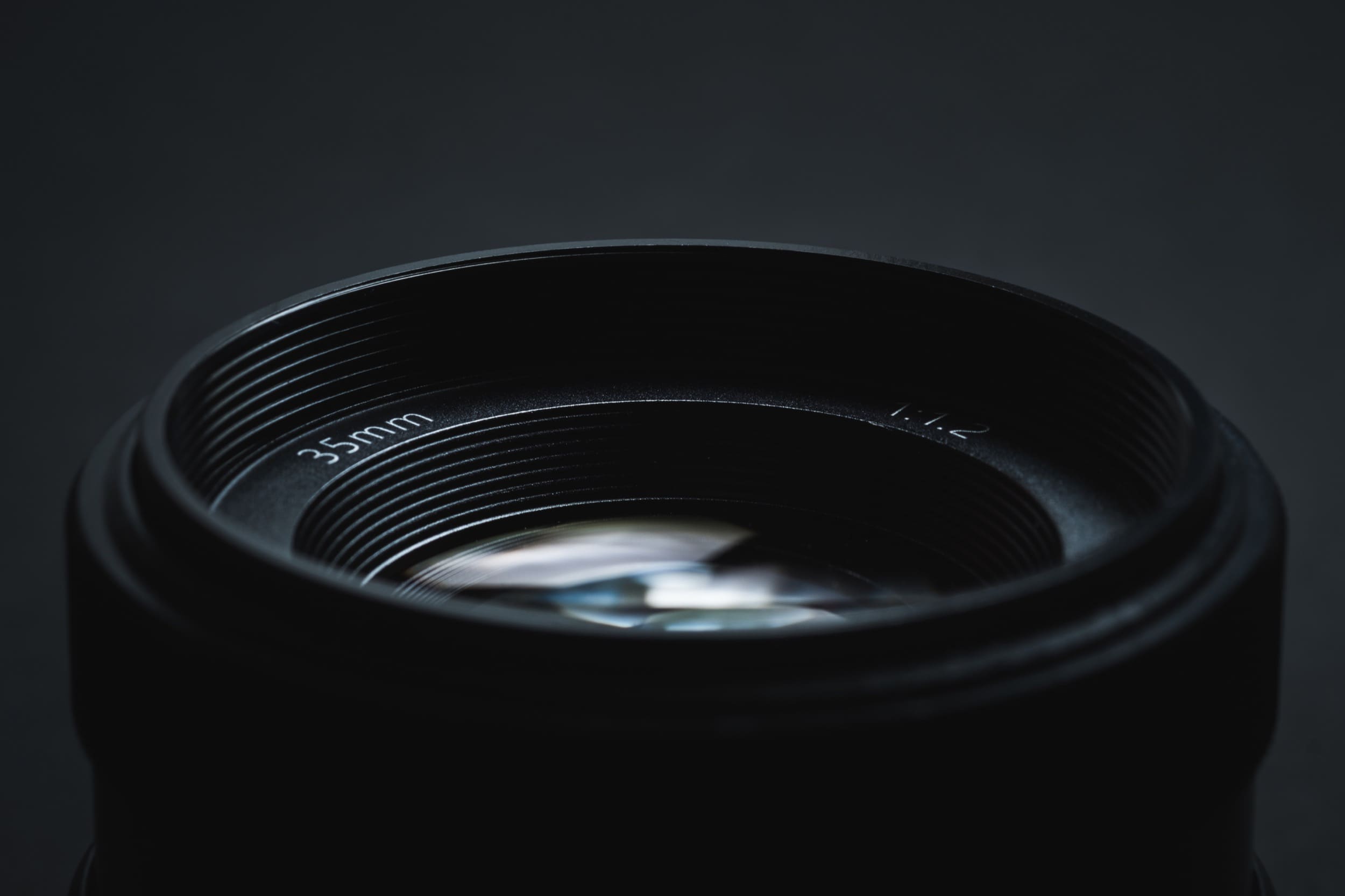
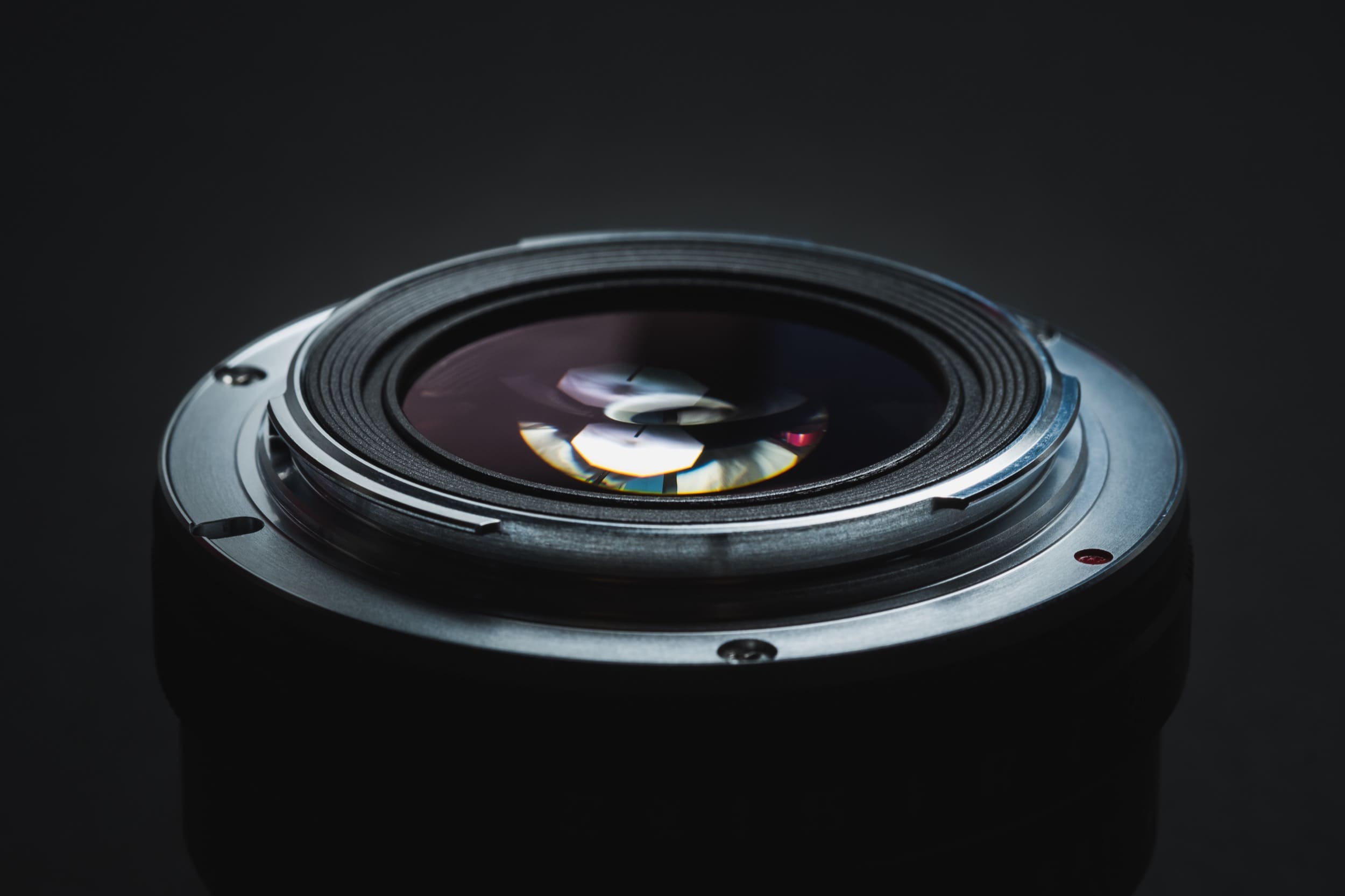
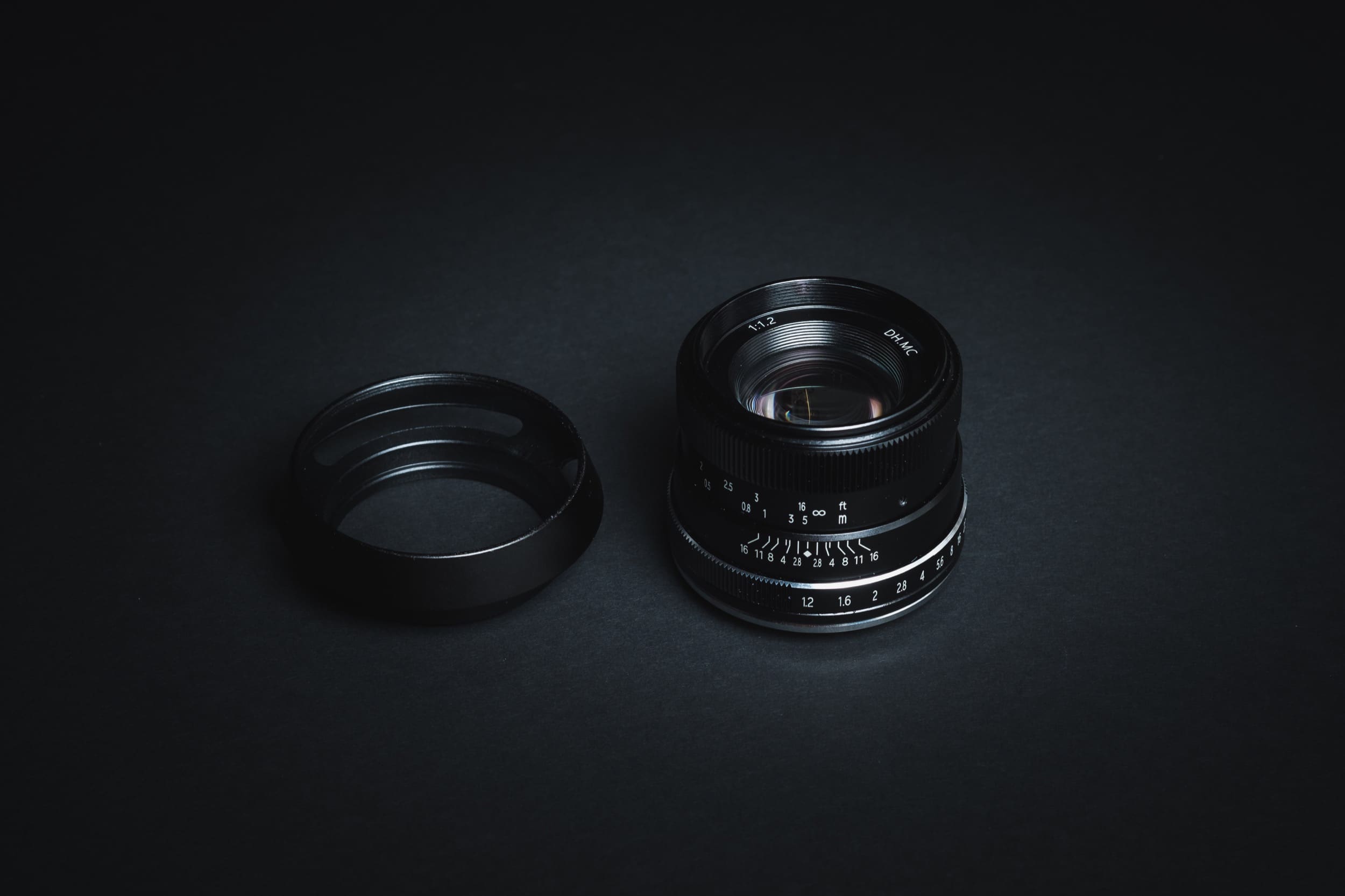


When looking at the build quality, this lens has a bright f1.2 aperture that goes all the way down to f22 and it is an all-manual lens, so focus can get a bit tricky at times with that f1.2 aperture.
When focusing, the front element telescopes out as you approach the minimum focus distance with a 100-degree throw.
The optical formula shows a 6-element design set in 5 groups, so expect a few interesting characters, which we’ll examine later.
The 10 rounded aperture blades help produce a smooth, round bokeh even at those higher apertures.
There are no CPU contacts, and the aperture ring is de-clicked.
The lens is all metal and comes with a metal lens hood. Although you don’t expect this to do much against flaring or ghosting, you will need a much deeper lens hood for that. But the hood that comes with the lens is still nice because it offers some extra protection of that front element from bumps and scratches, which I appreciate.
The overall feel and handling of the lens are very good, and it is one of Pergear’s best next to the 25mm f1.8. The aperture is very smooth with some nice resistance but doesn’t feel too tight, and the same is true with the focus. It is easy to throw but not too easy or too hard, and it glides like butter.
Pergear 35mm f1.2 Technical Overview
The lens’s technical performance is pretty much what I expect from a fast lens of this size. It’s nothing to get too excited about, but it does maintain some sharpness, at least in the center, when wide open.
There is quite a bit of vignetting, coma, and distortion, so it’s definitely not going to be a favorite among the landscape and astrophotographers.
Sharpness Charts
There are some interesting sharpness charts here. The center is decently sharp, with a significant drop mid-frame that doesn’t improve until the edges. The corners look good. So, if we had MTF charts, I imagine they would look a bit like a bowl of spaghetti.
You can recover some of this midframe softness by focusing on those spots.
You will need to also pay attention to your distance. If you’re very close, under 4 feet, it will not give you sharp details. You need to stop down on close objects or just learn to embrace the dreamy, soft look. Further back, 5 feet or so, you will get sharper images.
My resolution carts were probably shot at about 7 feet.
Center Sharpness
Center sharpness wide open is not terrible, so that’s good. By f2.8, sharpness is very reasonable.
Midframe Sharpness
The midframe sharpness is a bit of a mess even stopped down.
I don’t have it here in my chart as I run out of room, but you really need to hit about f16 to clean things up well. So if you’re in a pinch and want to grab a landscape shot with this lens, remember f16. You could probably do f11 too but I see better results at f16. Even f22 looks ok but is worse than f16 due to diffraction. Play with this at various distances, you might be able to pull off f8 and f11 at longer distances.
Edge Sharpness
Edges are soft like with the midframe. Again you’ll want to be at f16 if you want to shoot landscape with good sharpness across the frame unless you’re close to an infinity focus.
Corner Sharpness
The corners sharpen from the center, but the general edges, like the midframe, show some softness.
Distortion
Barrel distortion is pretty noticeable, but nothing too extreme, although it does have a very minor mustache shape which is difficult to fix in post.
Vignetting
Vignetting is fairly intense, and wide open, but I’ve seen worse. Stop down, and it starts to clean up, but it continues to pinch those corners up until about f4. It can shift around depending on your focus position and move, especially if you’re using IBIS, which makes it more difficult to fix. Also, certain lighting can cause some more asymmetry which is also typical of any lens.
Chromatic Aberrations
This performs better than I was expecting. But you will get some CA in the obvious situations that you would expect to have CA.
You’ll also see it a lot around the edges of highlights in the bokeh. Nothing too serious.
Coma
Definitely a no-go for astrophotographers.
100% crop bottom left corner. Little Tesla logos.
Art & Character
Compared to the 7Artisans 35mm f1.2, this lens has a different character, so I wouldn’t say they overlap completely. It mainly comes down to the way they flare and the way they perform wide open.
The 7Artisans lens has an orange arch with flaring that’s super cool. This lens has a bloomy flare and often has a bit more of an orange/brown haze when hit with scattered light.
Bokeh
Bokeh is nice compared to the lenses that came before it. This is where this lens excels over the 7Artisan 35mm f1.2. It just keeps it all together better and smooths things out a bit nicer – Like it’s wearing a good pair of yoga pants. 🙂
You’ll get some cat’s eye bokeh along the edges and some pretty intense coma in the highlights. Overall, there is a bit of a swirl, nothing too crazy, and when stopped down, the geometry stays pretty round because of that 10-bladed aperture.
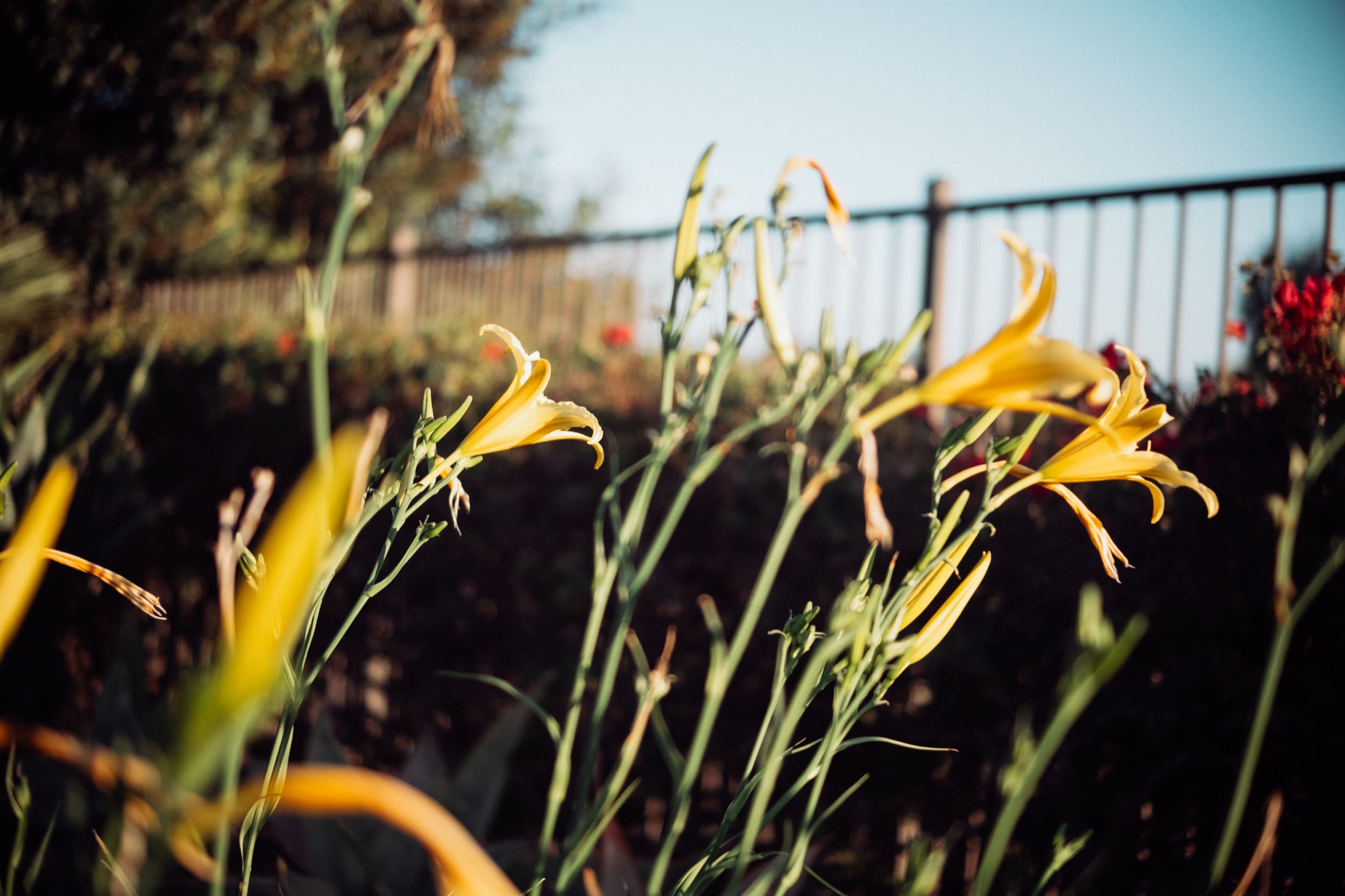





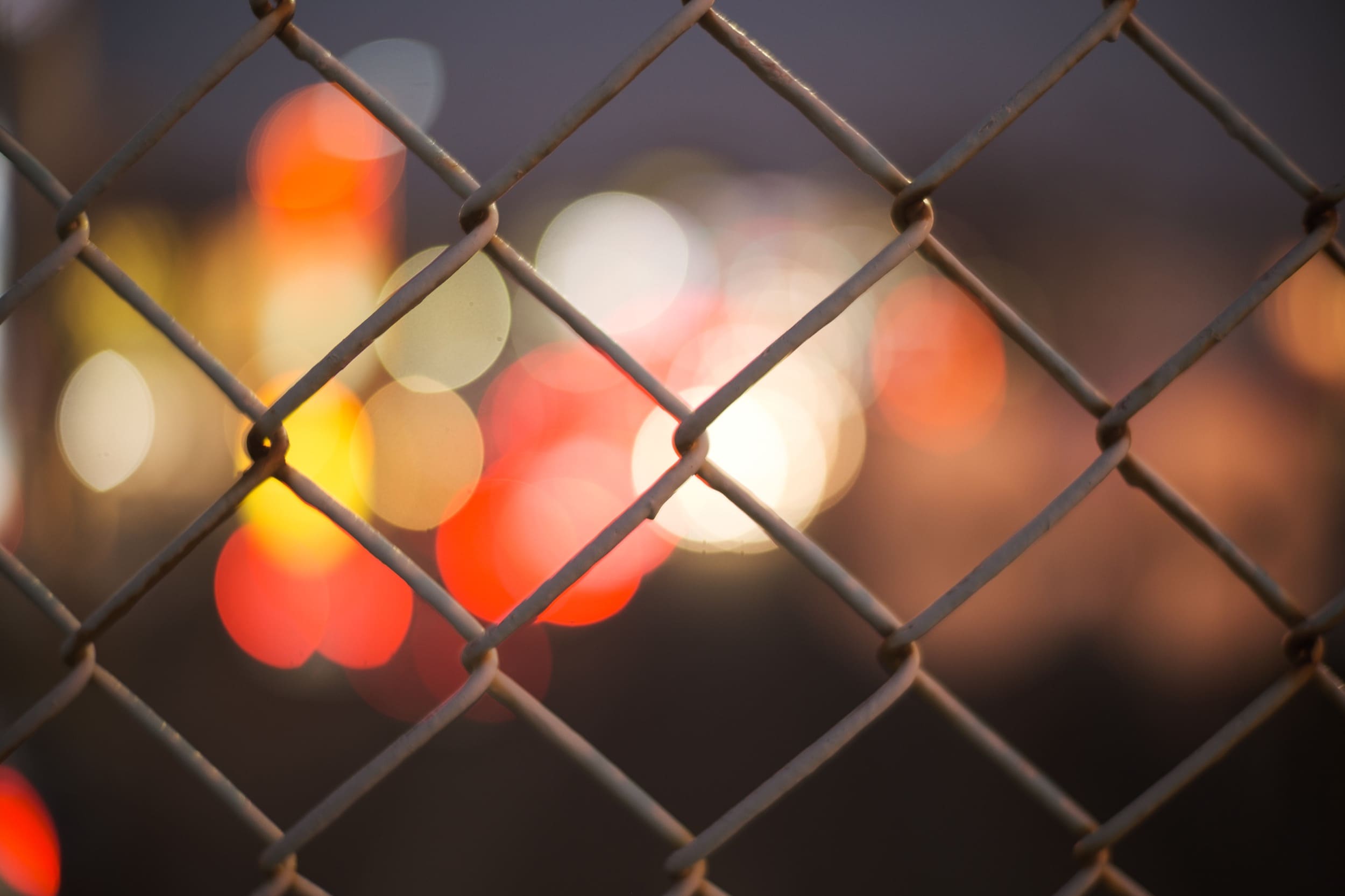
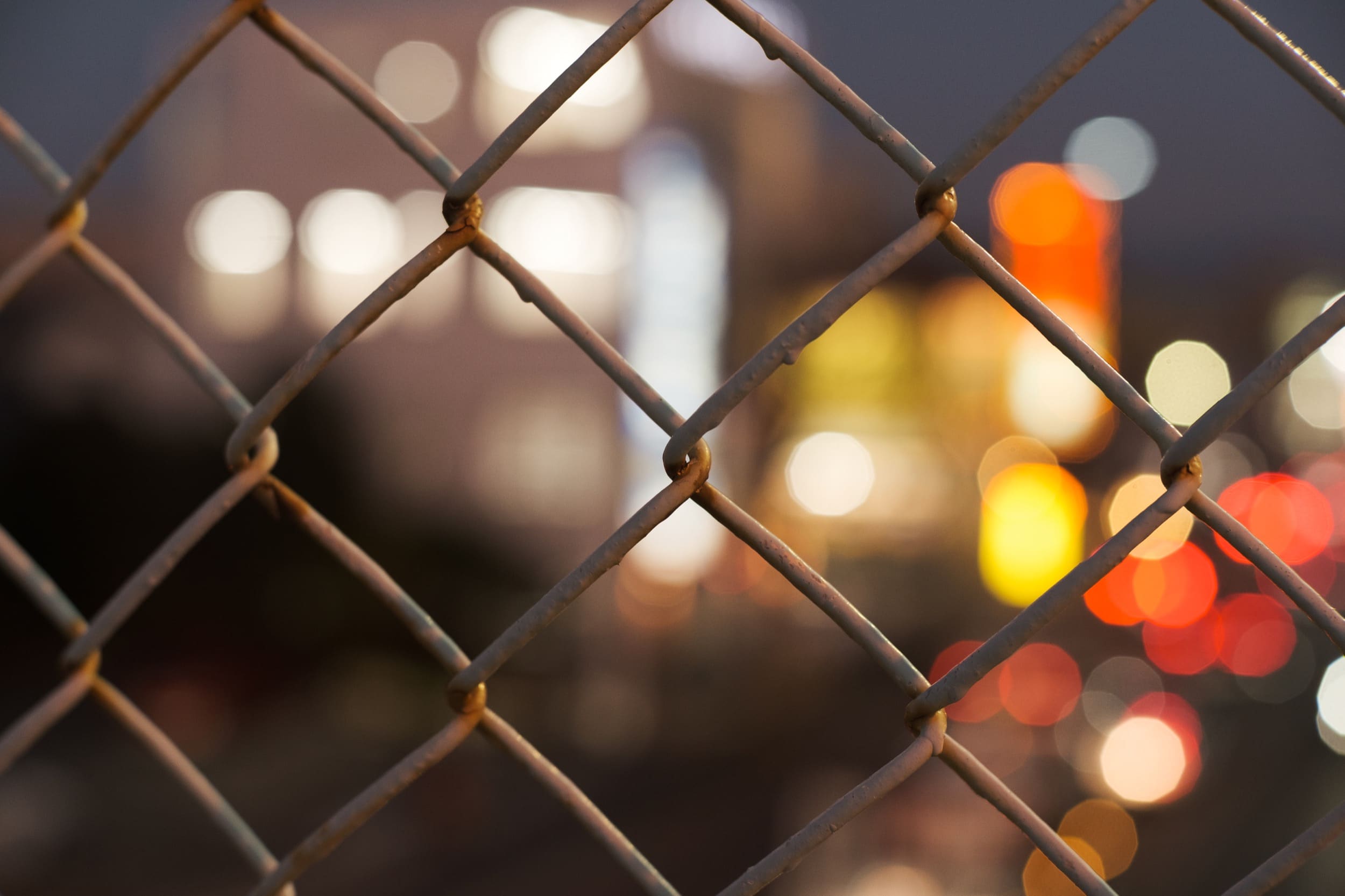

Flaring
You can see in other samples throughout the review of various flaring effects and blooming effects of this lens, but here is how it flares when pointed into the sun. I love it, but it is a bit of a problem when wide open in bright environments.
Compared to the 7Artisans 35mm f1.2, this is where they are also quite a bit different. This is much warmer and even, whereas the 7Artisans have these orange arches and other more harsh effects, which I think can also be cool sometimes.
There is a key characteristic to these Pergear lenses and that is they all share this very warm orangish glow when hit with bright lights.
I will say, if you don’t like ghosting and flaring, avoid this one, or buy a correct lens hood as the hood that comes with these lenses isn’t really the right design. They are great for protection but you ideally should buy a proper 50mm lens hood for this lens if you don’t want the warm glow like shown in the image below.


Global Contrast / Color Saturation
Global contrast is really how black the blacks are and how white the whites are.
This lens is not great here compared to a high-end prime. This mostly has to do with a lens having really nice coatings both on the outer element and also on the elements inside the lens. Any sort of scattering of light will reduce the global contrast as well as reduce some of the transmittances.
If you keep this lens in a controlled environment or stop down a little you can get better global contrast and color saturation, but shooting wide open in bright environments with strong light sources you’ll get a reduction in contrast and saturation due to some blooming that happens. A proper lens hood can help too.
Color saturation is similar to global contrast. How strong the difference between the dark colors and the light colors is.
This lens does not have great color saturation when wide open, but it’s much better closed down to around f4 and f5.6.
You just have to watch out for the flaring and any light scattering, and it will be fine.
A straight-out-of-camera sample using Adobe Color was used on an RAW file.

Micro Contrast / Lens Pop
I often have to defend the idea of Micro-Contrast because people don’t think it’s real. They want to buy their $3,000 Nikon f1.2 lens and think they have the best lens that can do absolutely anything. But it, like all lenses has limitations. So if you don’t think the amount of glass, its chemistry, and its surfaces don’t have any effect on light, Just stack 300 UV filters in front of your lens and see if anything changes. Obviously, it’s going to.
I think now it’s less of an element thing, rather it’s more of a total amount of glass thing because the 10 elements Fujifilm 60mm has really good micro-contrast, whereas my 12-element Nikon 50mm f1.8 doesn’t.
Microcontrast is pretty good on this lens. You get very nice details in the transitions between the tones. As long as you aren’t shooting through some crazy flaring that’s blooming out your whole image.
Sharpness isn’t great on objects this close, but you can still see all the color and tonal gradations, giving the image a good sense of depth. Skin tones just have so much color and tonal detail, and this makes this image almost three-dimensional. The image pops out of the screen. Of course, if the lens had great contrast and sharpness, it would only enhance this even more.
The slower lenses like the Meike 35mm f1.7 or the Pergear 35mm f1.6 do this a little better, or just stop this lens down a bit as some extra sharpness and contrast will help with the tonal details.
3D Pop / 3D Seperation
The other effect a lens can have is a 3d separation from the foreground to the background. You get this 3D cutout effect. You often see this with high-quality f1.4 lenses, high-end f1.2 lenses, or even now, the Nikon Z f1.8 S lenses do this very well.
This lens does not have good 3d separation. It has a strong field curvature which causes the out-of-focus areas to bend so you do not get a flat curvature of the bokeh that is required for the 3D separation.
This is something I’ve recently figured out after going back and forth trying to figure out why the Nikon f1.8 lenses look like they have more depth than the other f1.8 lenses. Because they have the 3D separation from a flat field curvature, but they don’t have great lens pop.
You can see from this sample the area that is in focus to out of focus, it’s a gradual smooth transition. Not a 3D separation effect. One look isn’t better than the other and I prefer each in different situations. By comparison, check out the Nikon Z 50mm f1.8 S review. It has a very good 3d separation which is very unusual for an f1.8 prime.
This lens does have a very smooth and gradual focus falloff, but the field curvature does cause some inconsistencies across the frame. Sometimes I like this sloppier rendering of the bokeh. This is another example of what you could call “character,” when comparing “character vs clinical” lenses.
Even in this image where there is a lot of distance between the subject and the background, you would think it would have a solid 3d separation, but it’s still a smoother, gradual focus falloff.
Color Rendering
Color Rendering you can also throw into the category of micro-contrast. Again it’s how good the detail is in the small tonal shifts between colors and tones.
This lens is good for color rendering; here are some straight-out-of-camera samples.
Straight Out Of Camera Samples
The samples below are all RAW files set to Adobe Color. This should give you an idea of the rendering at f1.2.
Low global saturation and contrast, but nice tonal details with the color rendering and micro-contrast. Add some contrast in the post and the images will come to life.


Pergear 35mm f1.2 Review | Bottom Line
Even though there are many weaknesses in the IQ department, you can probably tell that I’m still pretty enthusiastic about this lens. For the price, it’s a little art machine, and after messing with the other lenses of its same class/price range, I can say that this one just does it better.
The build is solid, and if you want a cheap, fun specialty lens that has great bokeh and is functional in low light, this is a better option over the 7Artisans 35mm f1.2 and a way better option to the Neewer 35mm f1.2. This lens just has a much nicer bokeh and overall prettier rendering when wide open.
If you’re not going to use this lens wide open all the time, I would recommend picking up the 35mm f1.6 or Meike 35mm f1.7, as they are quite a bit better at those slower apertures.
If you want a better lens with higher global contrast but ultimately superior IQ, go with the Samyang 35mm f1.2. It’s all-around better, except it doesn’t have quite the same level of lens pop as this lens. Because of the better coatings, you get cleaner, more consistent images.
Pergear 35mm f1.2 Sample Photos
In all the samples in this review, I didn’t do any touchup work. Just coloring. I didn’t want to artificially make things pop or correct distortion and vignetting so you can have an idea of what to expect. As always I try to incorporate a nice mix of shots that are a bit more pedestrian.
A lot of those night shots are just shot RAW loaded with Eterna, with the WB shifted more orange.

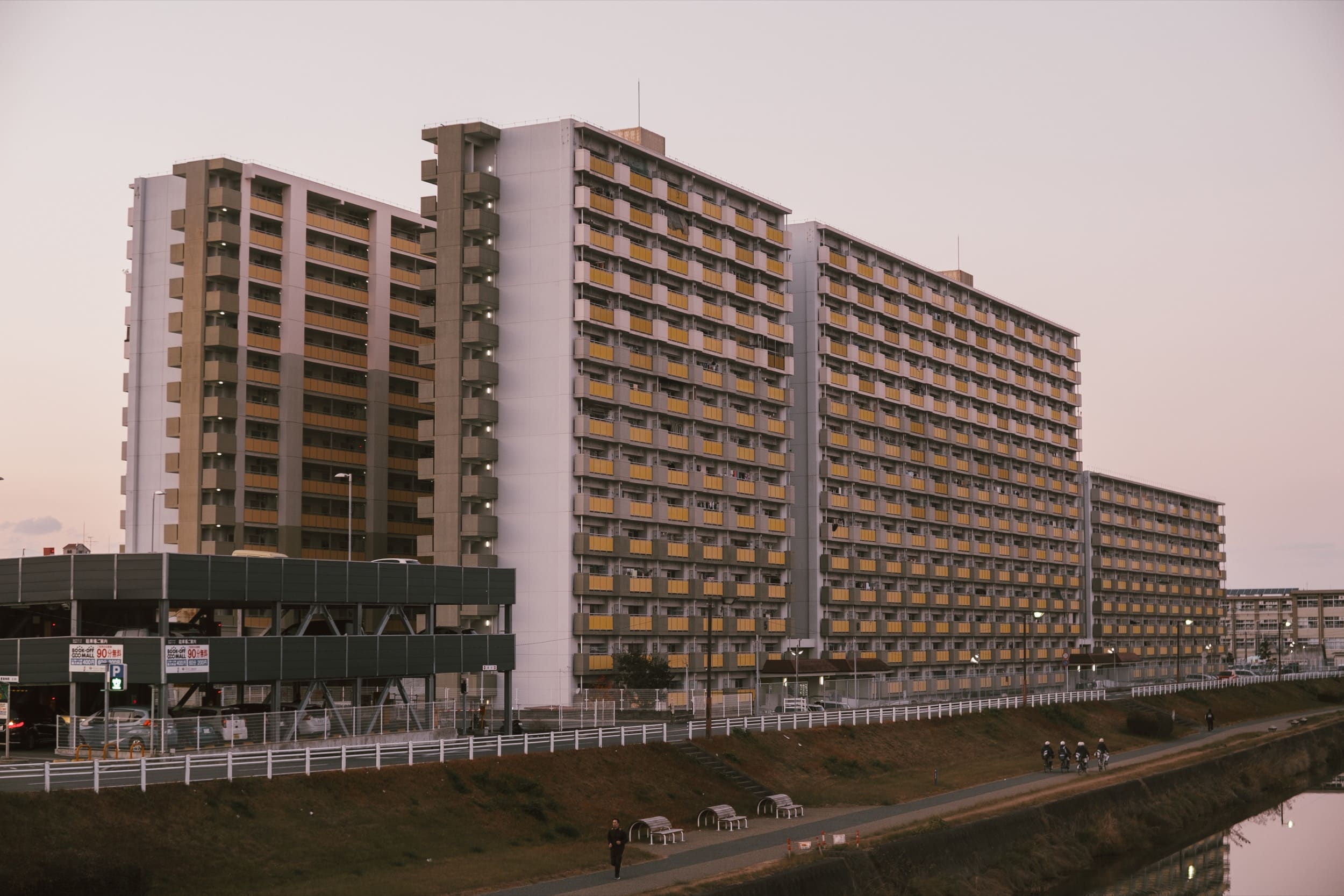
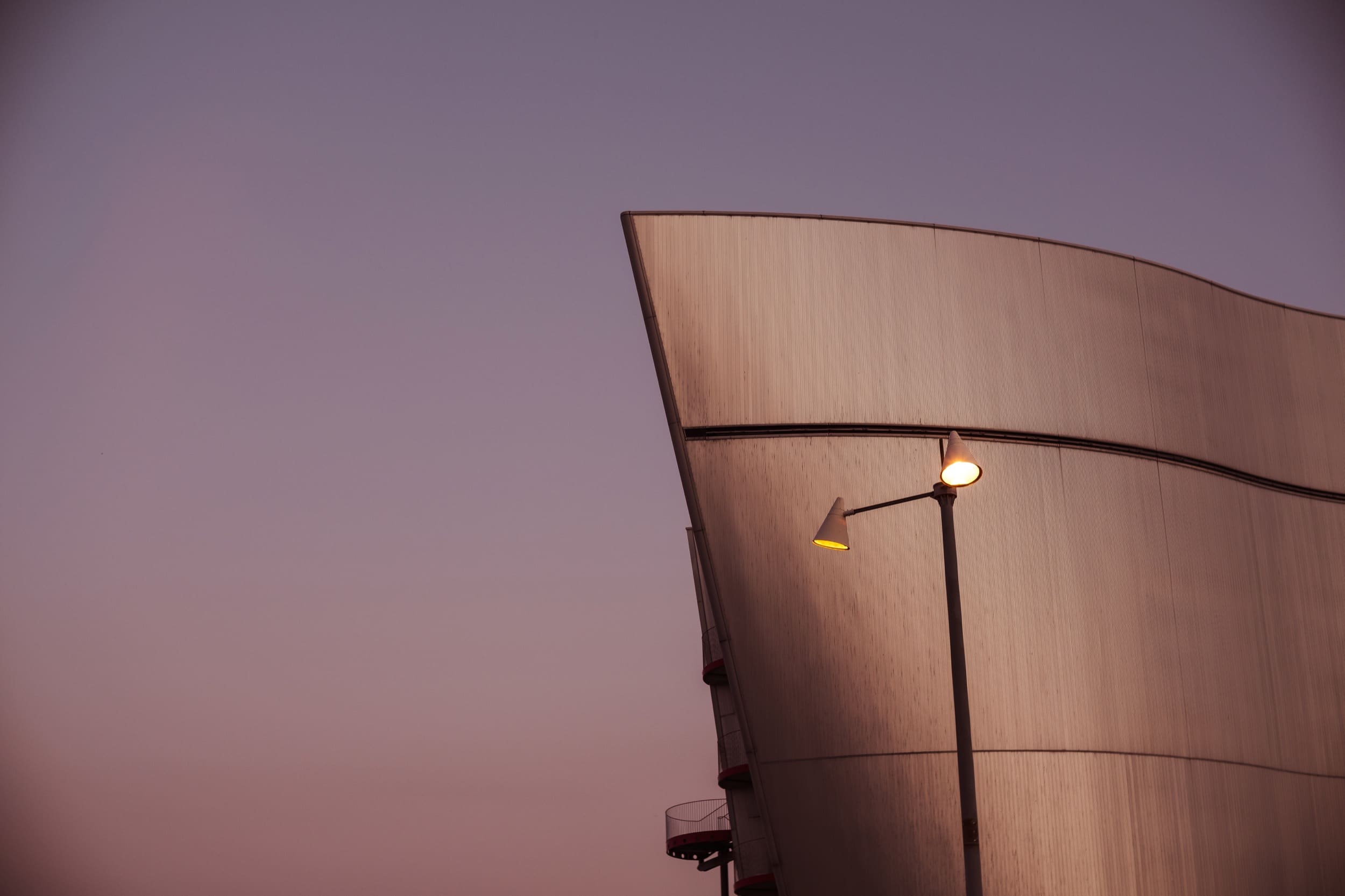







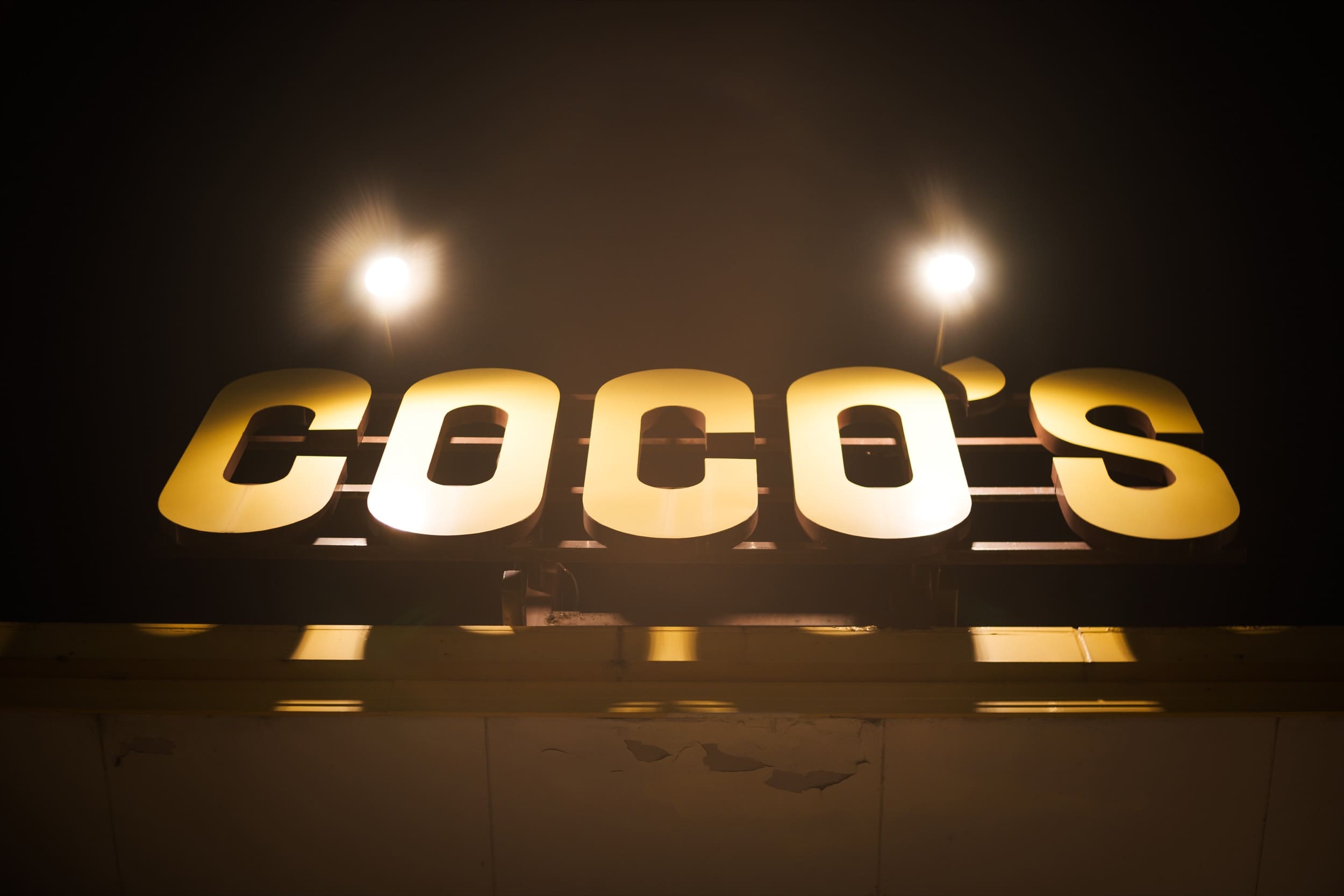

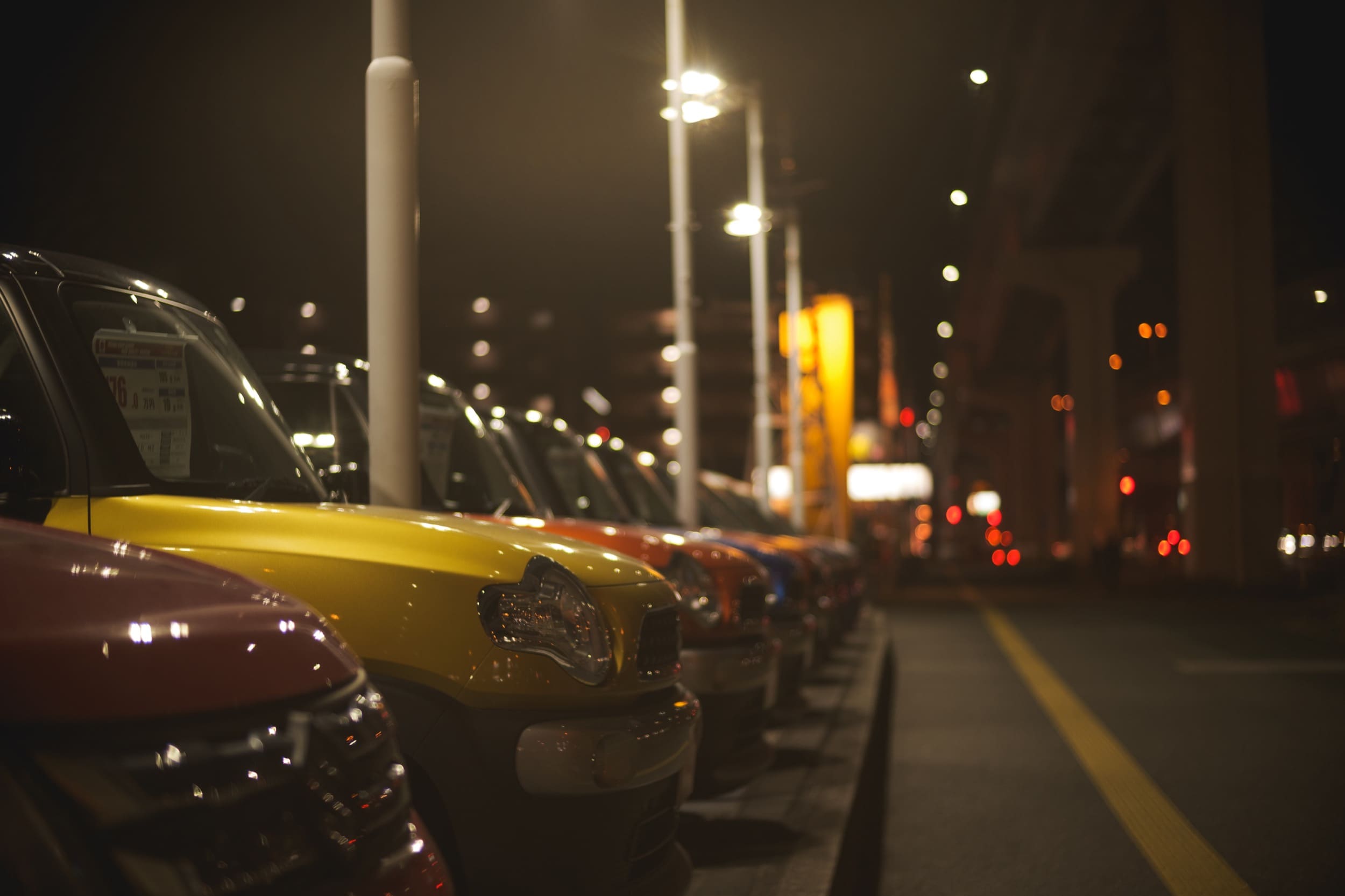

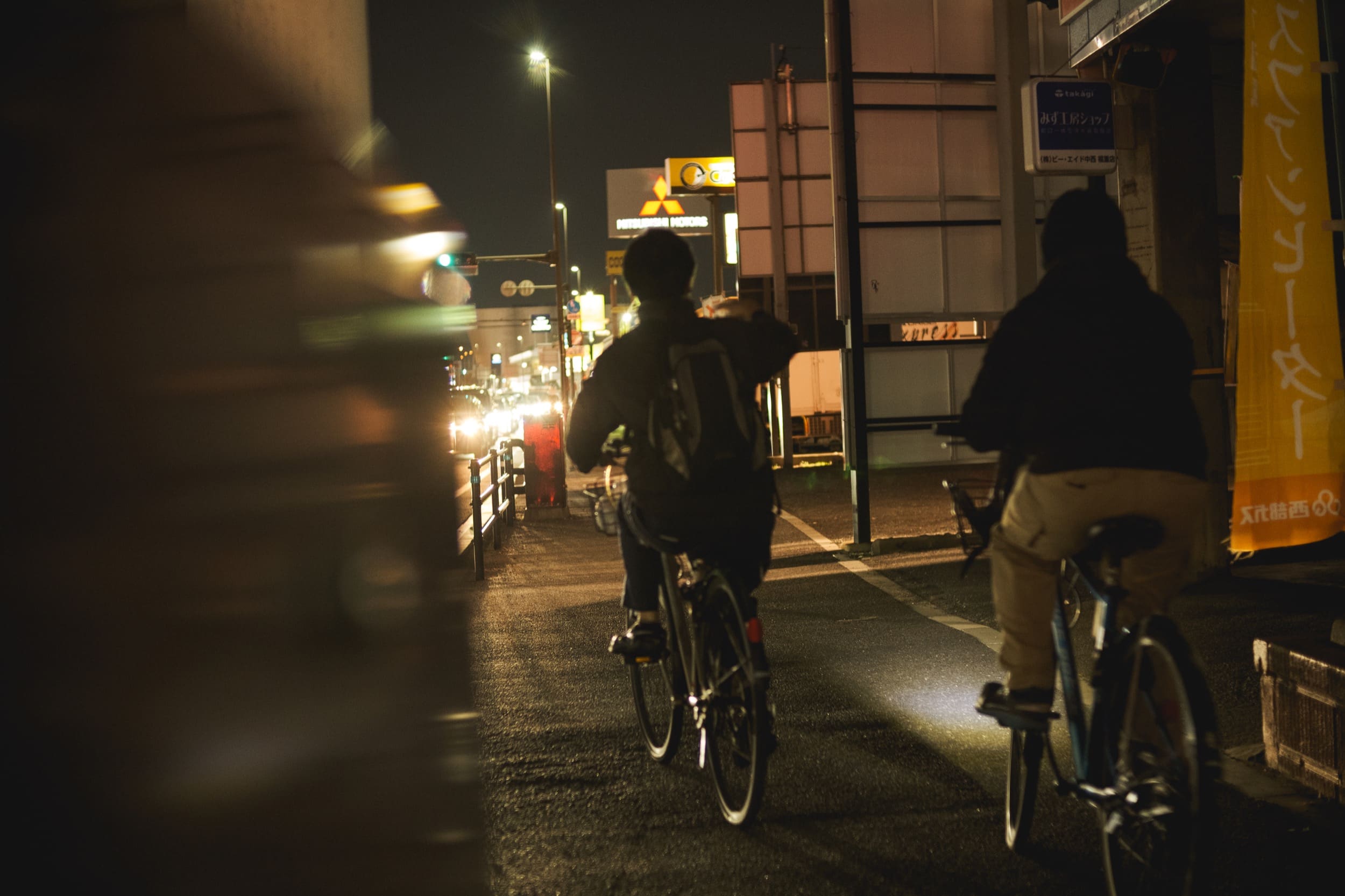
| **This website contains affiliate links. We will earn a small commission on purchases made through these links. Some of the links used in these articles will direct you to Amazon. As an Amazon Associate, I earn from qualifying purchases. |

